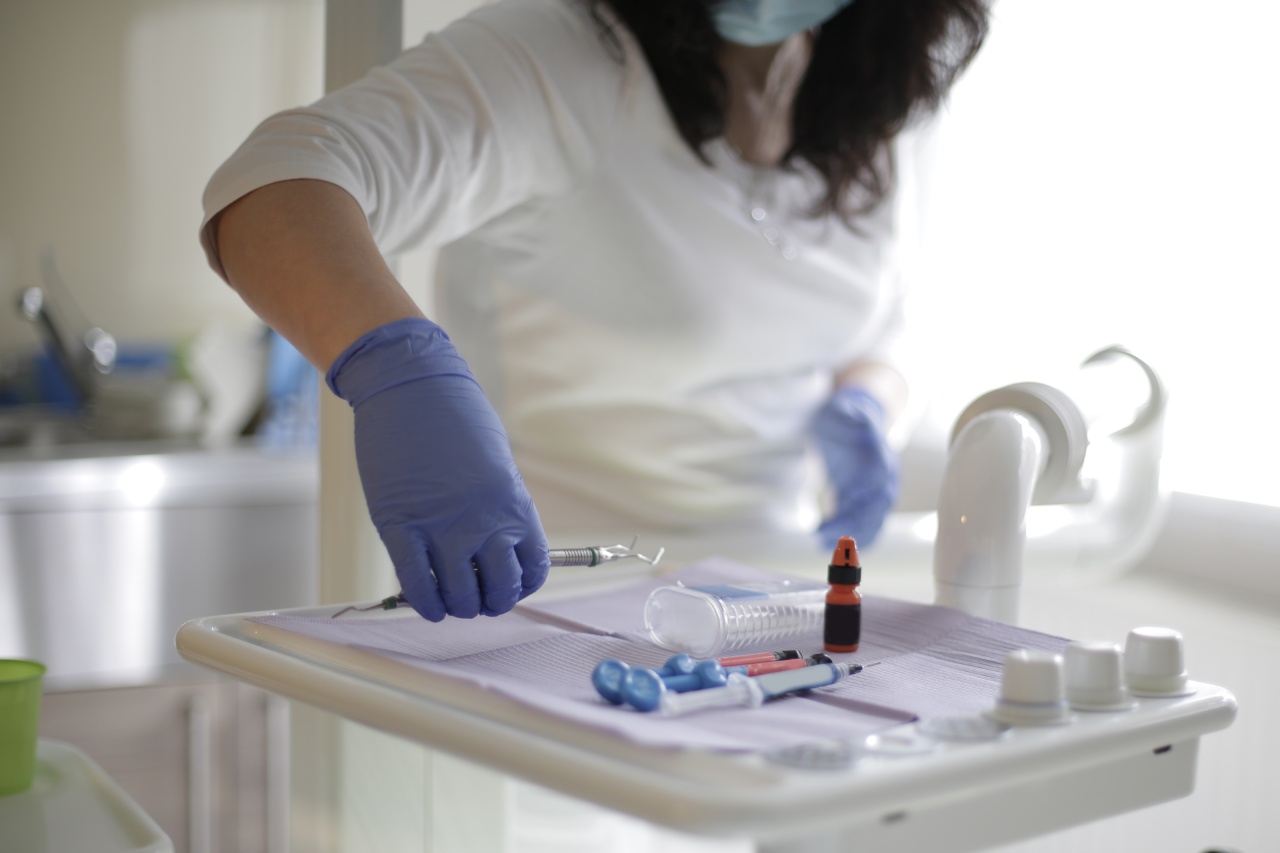Congenital Diaphragmatic Hernia (CDH) is a rare birth defect that affects about 1 in every 2,500 babies born.
It occurs when the diaphragm, the muscle that separates the chest and abdomen, doesn’t form properly, allowing organs from the abdomen to move into the chest through the hole. The herniated organs can compress the lungs and reduce the baby’s ability to breathe, leading to respiratory failure. CDH is a life-threatening condition, and many infants born with CDH do not survive.
What is CDH?
During normal development, the diaphragm muscle moves down from the chest to the abdomen, separating the chest cavity from the abdominal cavity.
CDH occurs when this process is interrupted, and a hole in the diaphragm allows the abdominal organs to push into the chest cavity. The size of the hole and the organs that herniate through the muscle determine the severity of the condition. In some cases, the hole is small, and only part of a single organ moves through the hole.
In other cases, the hole is large, and several organs, including the stomach, intestines, and liver, may move into the chest cavity.
CDH Diagnosis
CDH can be diagnosed during routine prenatal ultrasounds. In severe cases, the diagnosis may be made in utero through magnetic resonance imaging (MRI). After birth, a physical exam may reveal abnormal breathing, a rapid heartbeat, and difficulty feeding.
Diagnostic tests, such as X-rays, CT scans, or echocardiograms, may also be performed to evaluate the extent of the hernia and its effects on the lungs and heart.
Traditional Treatment Options for CDH
CDH can be treated with surgery, but the timing and approach to surgery vary depending on the severity of the hernia and the baby’s health.
In some cases, surgery may be performed immediately after birth, while in others, surgery may be delayed until the baby is stable enough to undergo the procedure.
The traditional surgical approach to repair CDH involves making an incision in the chest and abdomen to access the hernia and move the organs back to their correct location. The diaphragm is then repaired using stitches or a patch.
This procedure carries risks such as bleeding, infection, and damage to nearby organs.
A New Procedure: Fetoscopic Endoluminal Tracheal Occlusion (FETO)
FETO is a groundbreaking procedure for treating severe cases of CDH. The procedure was first developed in Europe and has been performed on a limited number of babies in the US.
The FETO procedure involves placing a balloon in the baby’s trachea to decrease the amount of fluid that enters the lungs and improve lung growth. This increased lung growth can help the baby breathe better after birth and increase the likelihood of survival.
How Does FETO Work?
FETO works by blocking the baby’s trachea with a balloon, which helps to redirect fluid from the lungs to the digestive system.
The increase in pressure in the baby’s abdomen pushes the herniated organs back into the abdominal cavity, which allows the lungs to expand and grow. The FETO procedure is typically performed between 26 and 30 weeks of pregnancy.
Benefits of FETO
The FETO procedure has been shown to have many benefits for babies with severe cases of CDH. One of the most significant benefits is increased lung growth, which can improve the baby’s ability to breathe after birth.
It can also reduce the need for artificial ventilation and oxygen therapy. Additionally, FETO can improve the chances of survival for babies with severe CDH.
Risks of FETO
While FETO is a relatively safe procedure, it does carry risks. The placement of a balloon in the trachea can cause complications such as bleeding, infection, and premature labor.
Additionally, there is a risk that the balloon may migrate, causing obstruction of the airway or esophagus. In rare cases, FETO may not be effective, and the baby may still require traditional surgery after birth.
Conclusion
Congenital Diaphragmatic Hernia is a rare birth defect that causes life-threatening respiratory failure in infants. Traditional surgical approaches to repair CDH can carry risks and complications.
The development of FETO is a groundbreaking procedure that may improve the outcomes for babies with severe CDH. While the procedure does carry some risks, the benefits of increased lung growth and improved survival rates make FETO a promising option for treating severe CDH.






























